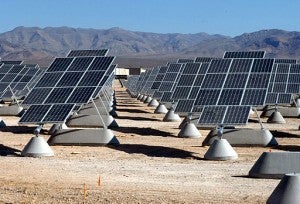 In a surprise move this month, the U.S. Supreme Court “stayed” (or put a hold on) the Clean Power Plan, which sets common-sense carbon pollution standards for power plants, our nation’s largest source of carbon pollution. States can craft their own plans to meet the standards, including the deployment of renewable energy generation, energy efficiency, and fuel switching. The Clean Power Plan also provides incentives for increasing energy efficiency in low-income areas.
In a surprise move this month, the U.S. Supreme Court “stayed” (or put a hold on) the Clean Power Plan, which sets common-sense carbon pollution standards for power plants, our nation’s largest source of carbon pollution. States can craft their own plans to meet the standards, including the deployment of renewable energy generation, energy efficiency, and fuel switching. The Clean Power Plan also provides incentives for increasing energy efficiency in low-income areas.
About 20 states are moving ahead and continuing work on plans to curb carbon pollution and comply with the plan. Other states – including my home state of North Carolina – are challenging the plan’s implementation. This action is unfortunate because North Carolina will benefit from the plan on many levels, and studies show that compliance is not going to be a problem for North Carolina, as opponents claim. Read More










 By:
By: 


